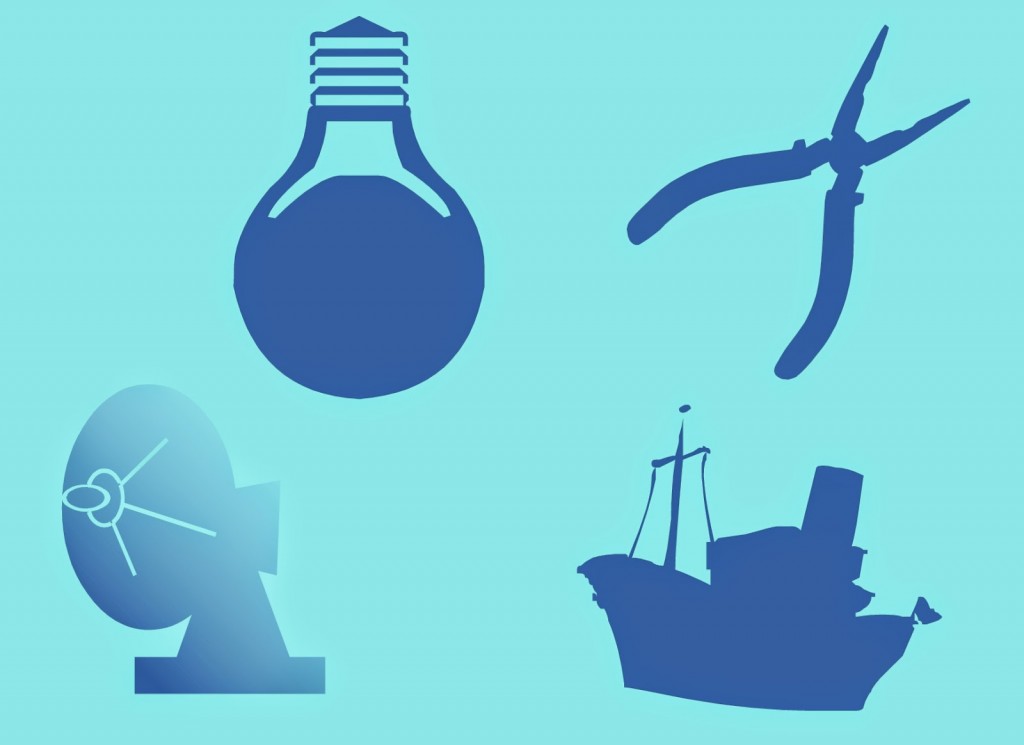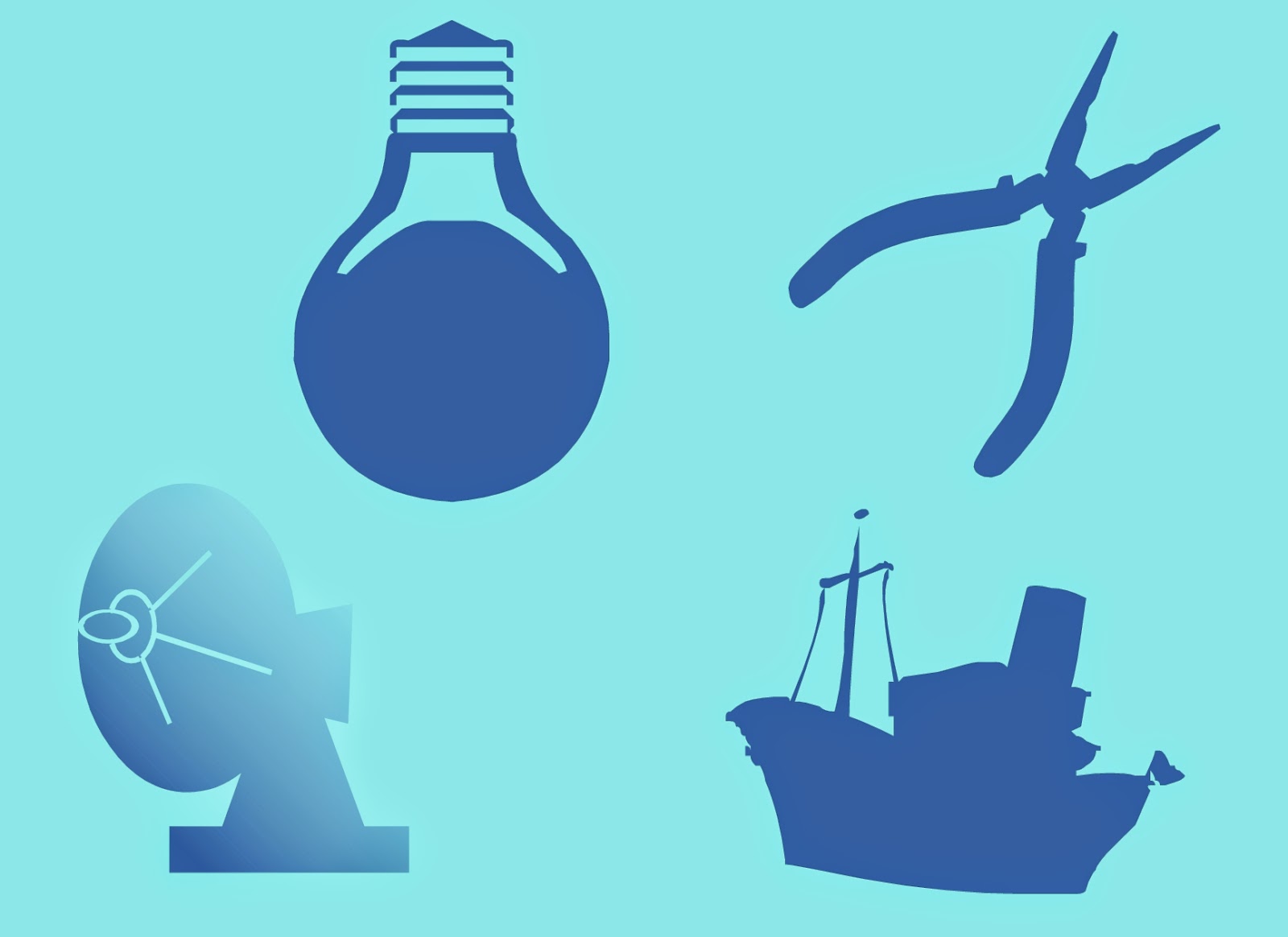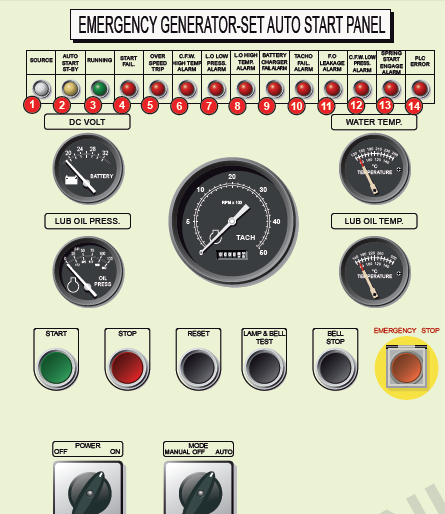page is dedicated for discussing and answering of problem related to marine
electrical, electronics and controls devices and circuits, their trouble shooting.
Also, the theory related to them which are essential for the electrical officer
and marine engineer officer on ship. Also, students who are appearing for their
exam will find this page quite useful. So, post any question you have, let the
visitors of this site to answer them.
transport vessels and stationary setup in sea water have huge electrical network.
Power requirement out there at sea, is same as on land. Plus, the devices, and circuits
that are used onboard are designed to withstand rough conditions. Since
people out there don’t have quick assistance as they would have on land,
engineer out there need to have knowledge of electrical machineries.
is generated by using the electrical generators, either by using IC engine or gas
and steam turbines.
 |
| Image Courtesy: marinersgalaxy.com |
here about marine electrical devices, their troubleshooting, systems, books,
jobs etc and also share your experience related to marine electrical problems
and how you carried out the troubleshooting and maintenance for it.
why cooling is provided, Losses in transformer, what is copper loss?
provided for very high voltage ships with electrical propulsion?
and using governor knobs?
between ACB and generator.
multimeter.
of under frequency trip
equipments supplied from it?
resistor? Give there phase angle? Where used give examples? How fan rotate?
overlaod trip and fuse explain in details?
stator switch and fuse? Why there is high starting torque during starting? What
is the formula for it? What is slip?
load not coming? What could be the reason?
procedure, why freq of incoming gen is kept higher
maintenance
with its testing.
methods to synchronize
protection
overview and Air gap significance in motors and generators
discuss all of them, it is better to post questions related to them and also
share your experience related to electrical circuits out there.




What are the requirement for a Ship to be Unmanned Machinery Space also called as UMS Ship.
1) Remote alarm sounding and remote control like from your cabin.
2) A mimic panel of alarm on the bridge.
3) Some time difference of 3 minutes for attending it. if not attended will lead general alarm.
Great Initiative mate . It may help people who wants to grow their career in marine electrical industry.
I have question regarding marine electrical registrations.
I have some friends who are NZ registered marine electrician. If they want to work globally or overseas, which type of authorizations they need to have ?
Cheers
Nicolas
Marine Electronics and communications provides comprehensive coverage of the latest technology and trends affecting the global shipping industry. Thanks for the informative post.